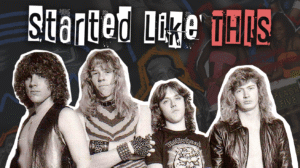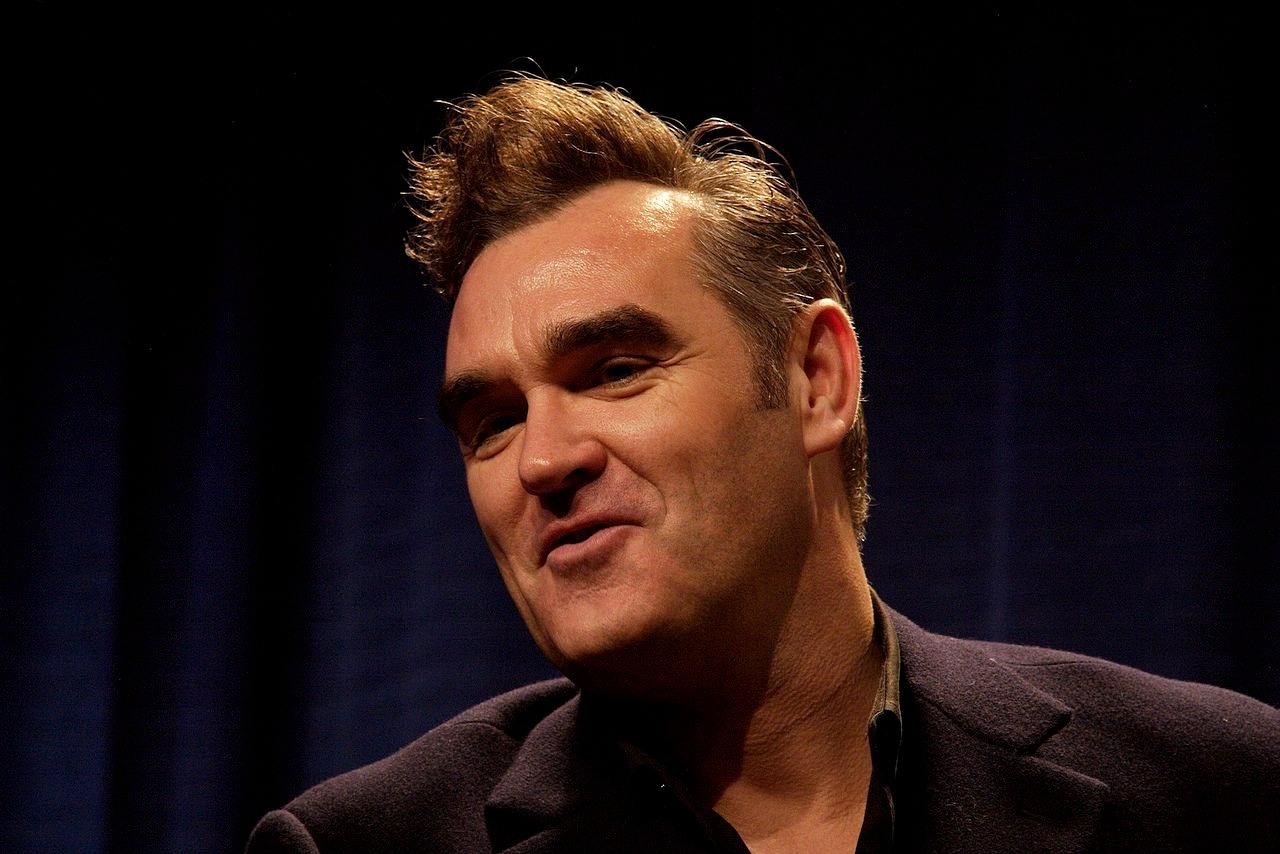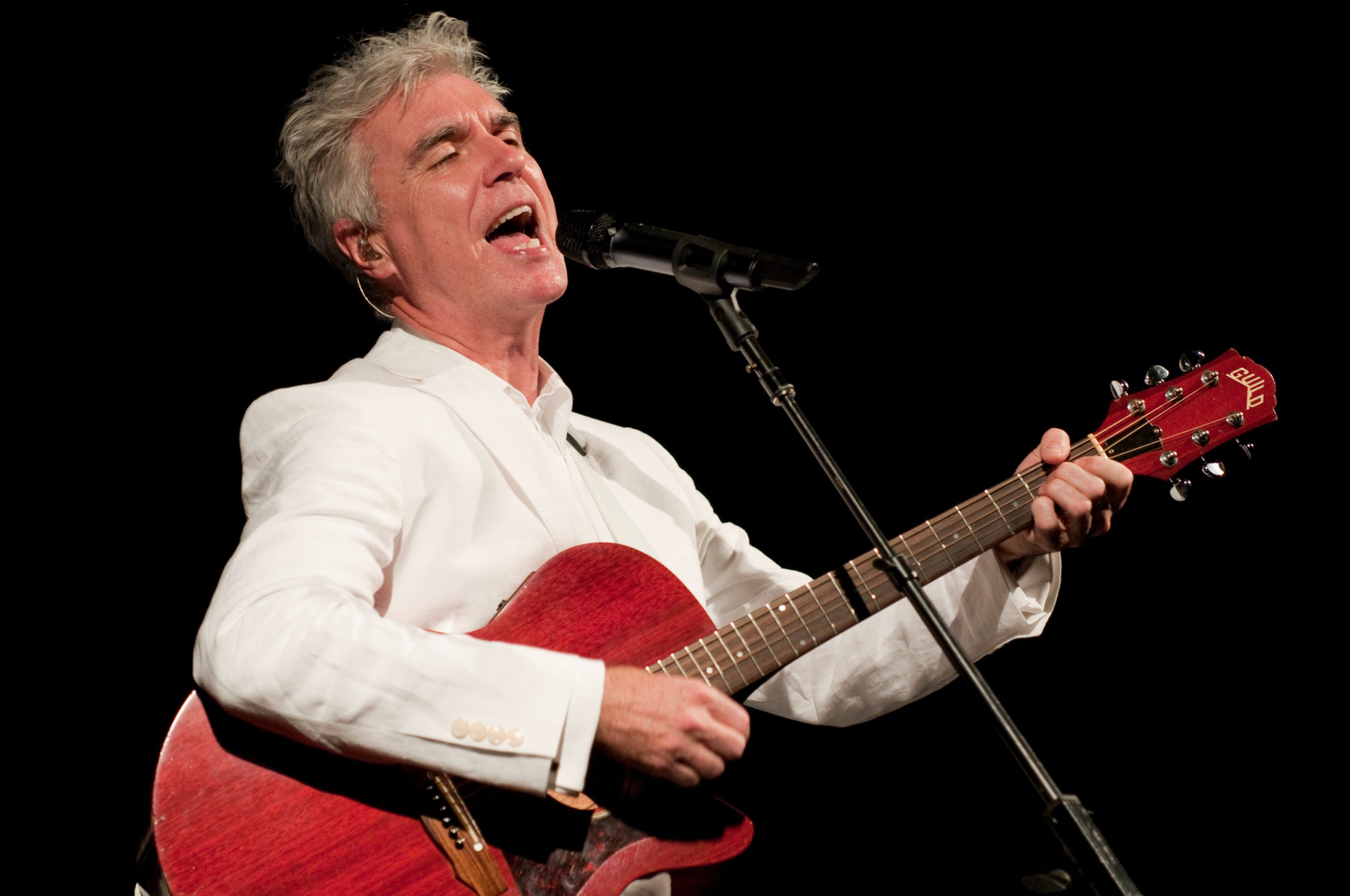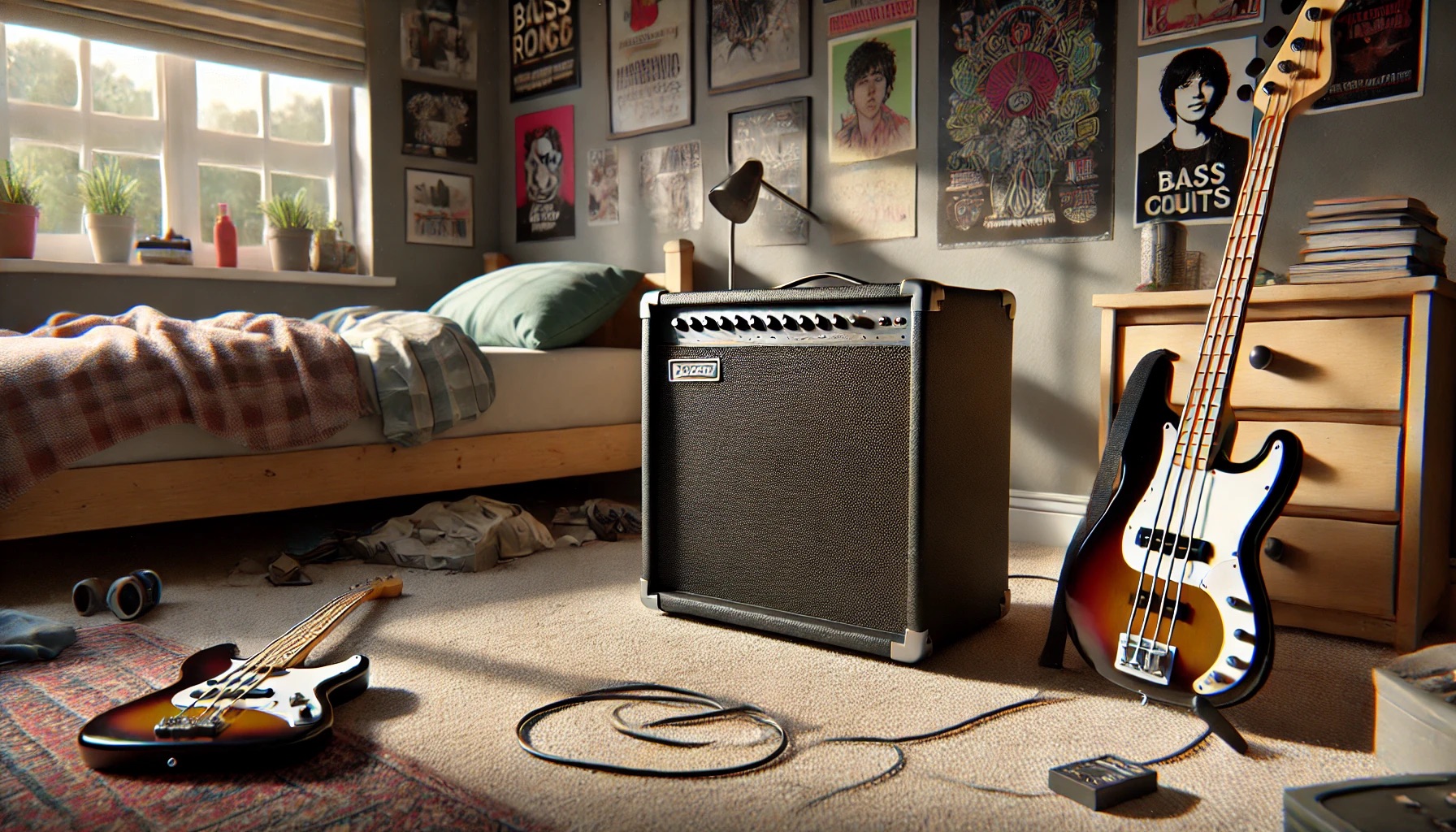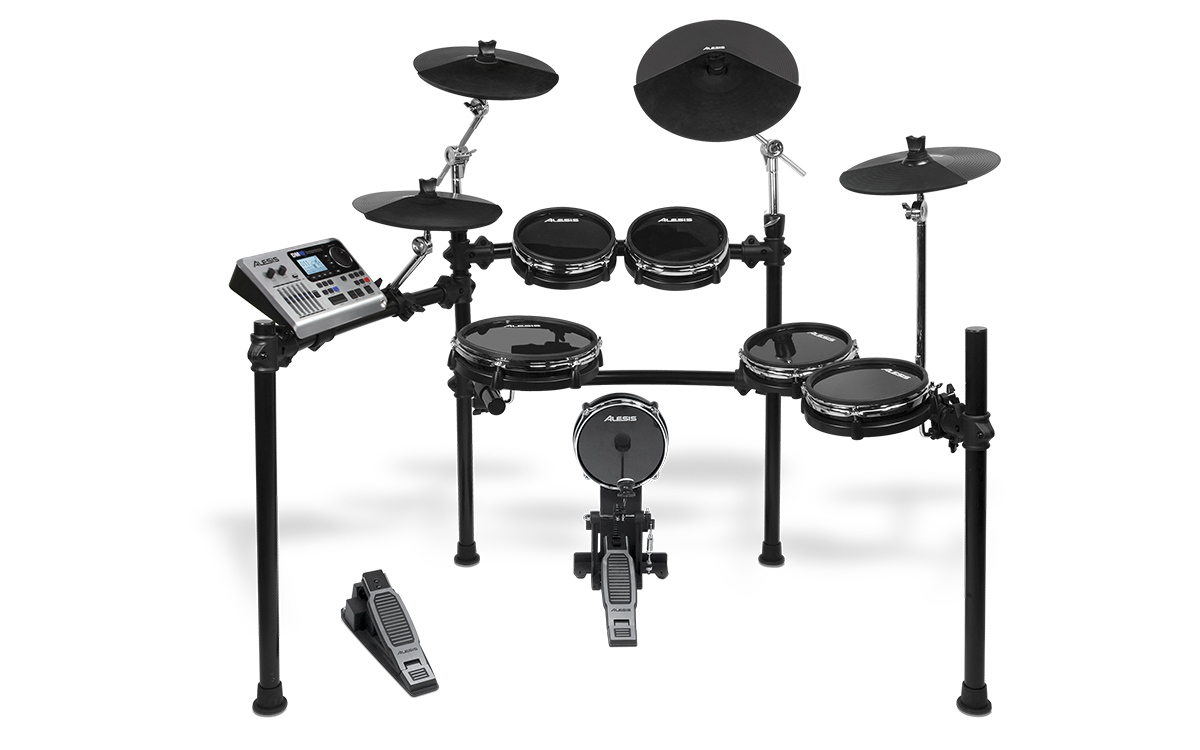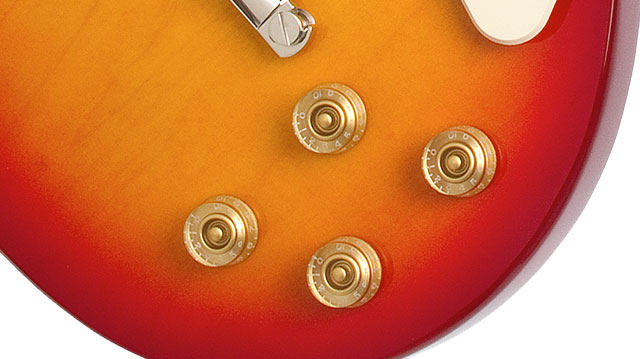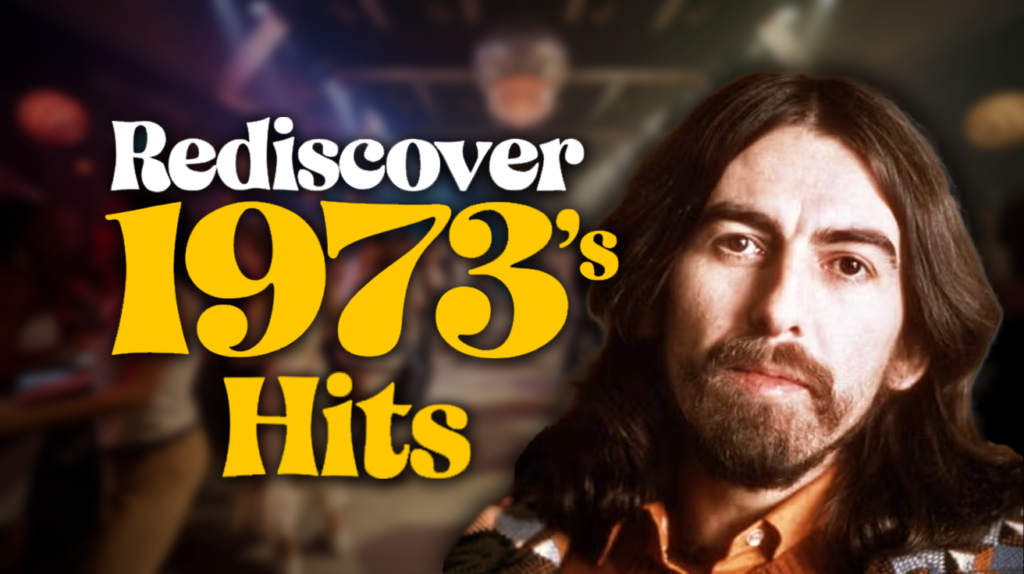
Let’s face it—your playlist has gone staler than that forgotten gym bag in your trunk. The same 12 songs cycling through your earbuds like a hamster with an advanced degree in repetitive wheel-running. Your friends are one more play of “Blinding Lights” away from an intervention. It’s time for a musical archeological dig into the forgotten treasures of 1973—a year when bell-bottoms were wider than today’s political divides and musicians were experimenting with substances that would make your CBD oil blush.
These sonic time capsules briefly lit up the charts before vanishing into the cruel void of collective amnesia. But like that weird food combination you discovered at 2 AM (peanut butter and pickles, anyone?), they deserve another chance to shine. Let’s excavate these buried masterpieces before they’re lost forever to the merciless sands of time (and terrible music streaming algorithms).
10. Stealers Wheel – “Stuck In The Middle With You”
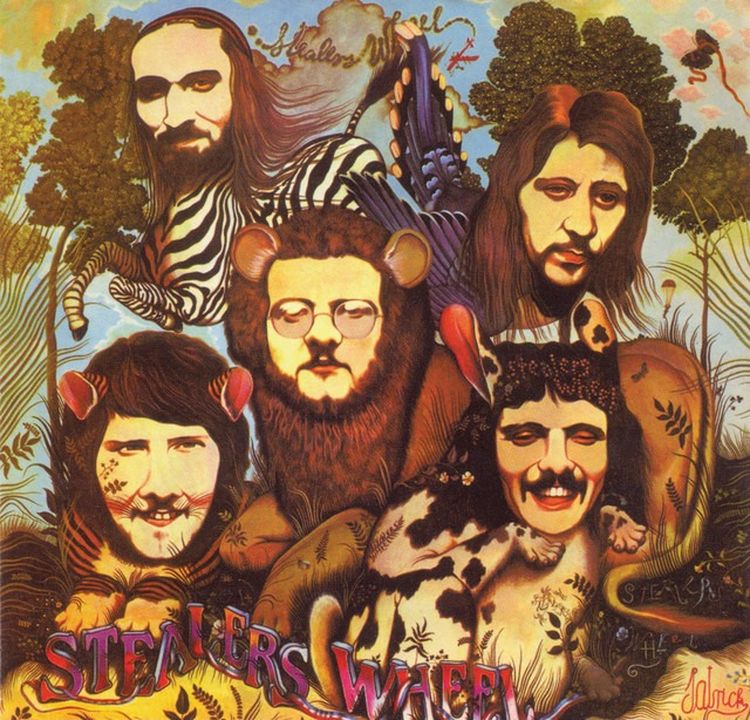
Nothing says “creative process” quite like a band imploding while recording their biggest hit. Stealers Wheel crafted this Bob Dylan parody while experiencing internal tensions that would make your most awkward family dinner seem like a harmony workshop.
Gerry Rafferty and Joe Egan channeled their frustration into a track so catchy it clawed its way to #6 on the Billboard charts despite the band members barely being able to agree on the studio thermostat settings. The song enjoyed modest success before languishing in obscurity until Quentin Tarantino forever transformed it into “that ear-cutting song” in “Reservoir Dogs”
If you play this at a party, at least 37% of attendees will mime that scissors-ear thing. It’s basically a law of physics at this point.
9. King Harvest – “Dancing in the Moonlight”
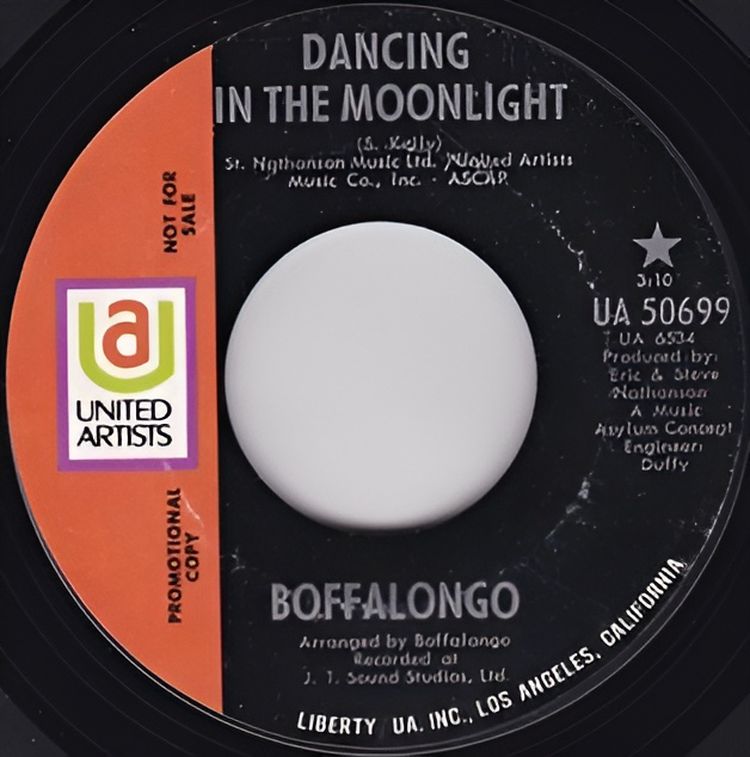
If “good vibes only” were a song, this would be its spiritual ancestor. What sounds like the musical equivalent of a carefree beach bonfire actually emerged from seriously dark origins—like finding out your favorite comfort food was invented in prison.
Songwriter Sherman Kelly penned this upbeat tune after surviving a brutal gang attack in the Caribbean. Nothing says “I’ve processed my trauma” quite like creating a fantasy world where everyone dances together under moonlight in perfect harmony. The band—a group of American musicians who found each other in Paris like characters in a Hemingway novel with better hygiene—took the song to #13 on the Billboard chart.
This is your secret weapon for instantly transforming any awkward gathering into a head-bobbing crowd of instant friends.
8. Dobie Gray – “Drift Away”
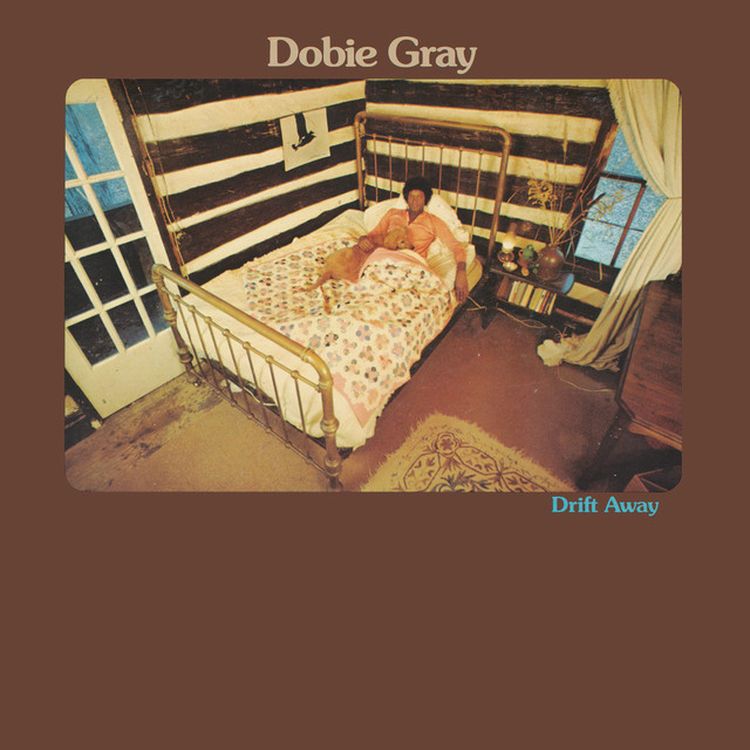
Before music was something you streamed while doom-scrolling, it was an escape—a concept Dobie Gray understood at a cellular level. His smooth vocals glide over this track like butter on a hot pancake, making it the musical equivalent of noise-canceling headphones for your soul.
The song cruised to #5 on the charts, which is impressive for a tune that’s essentially saying, “Please shut up and let me listen to music in peace.” Its universal appeal lies in capturing that feeling when you’re five emails deep into an unnecessary reply-all chain and desperately need to mentally check out. No wonder Uncle Kracker resurrected it decades later (because even the early 2000s needed an escape from… being the early 2000s).
7. David Essex – “Rock On”
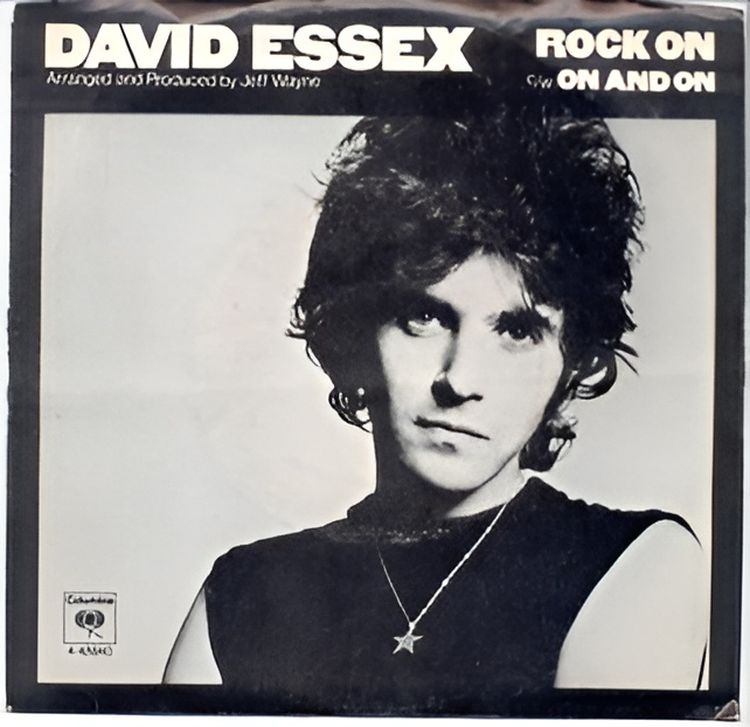
If minimalism and rock had a baby that was raised by bass lines, “Rock On” would be that impossibly cool child. David Essex—who had the audacity to be both theatrically trained AND rock-star cool—created the audio equivalent of a noir film with this track.
The production is so sparse it makes most modern acoustic sets look like they’re overcompensating for something. That hollow, echoing sound wasn’t an accident—it was revolutionary studio wizardry that makes today’s producers with their 57 digital plugins look like they’re trying too hard. The song reached #5 in America, proving that sometimes less truly is more.
6. Focus – “Hocus Pocus”
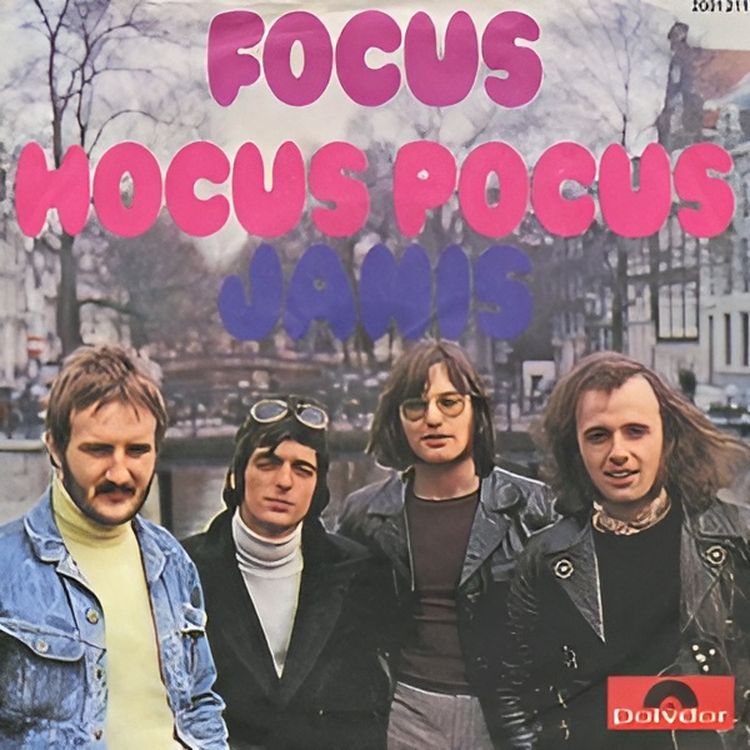
If musical genres were dinner guests, “Hocus Pocus” would be that friend who brings seven different dishes from incompatible cuisines and somehow makes it work. This Dutch prog-rock fever dream combines hard rock guitar riffs with… checks notes… yodeling. Yes, YODELING. And flute solos. And accordion. And possibly kitchen sink percussion.
The fact that this chaotic sonic collage reached #9 on the Billboard charts proves that either A) 1973 was a wild time for recreational substances, or B) humans secretly crave musical mayhem. Somehow this song has survived like a cockroach after nuclear winter, appearing in everything from sports broadcasts to memes, proving that true weirdness never really dies—it just waits for its moment to resurface and confuse a new generation.
5. George Harrison – “Give Me Love (Give Me Peace on Earth)”
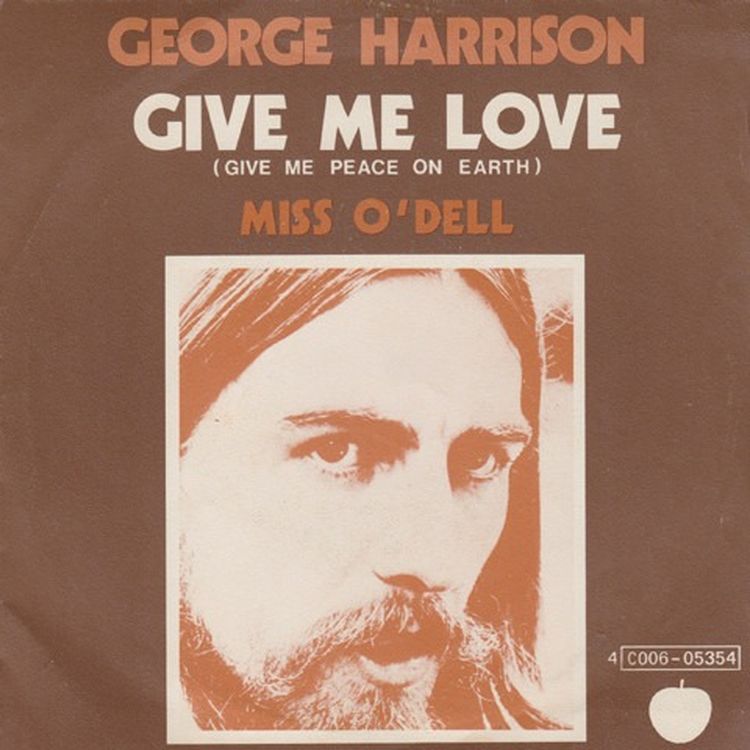
While John was being avant-garde and Paul was being commercially savvy, George was over here casually dropping spiritual wisdom bombs disguised as pop songs. “Give Me Love” topped the charts while asking for world peace and spiritual enlightenment—demands slightly more ambitious than most #1 hits’ requests for dancing or phone numbers.
Harrison’s distinctive slide guitar weeps through this track like your bank account after an impulsive online shopping spree. The song demonstrates that you can be commercially successful while maintaining spiritual depth—a concept that would make most music executives’ heads explode like that guy in the movie “Scanners”.
4. Paul Simon – “Kodachrome”
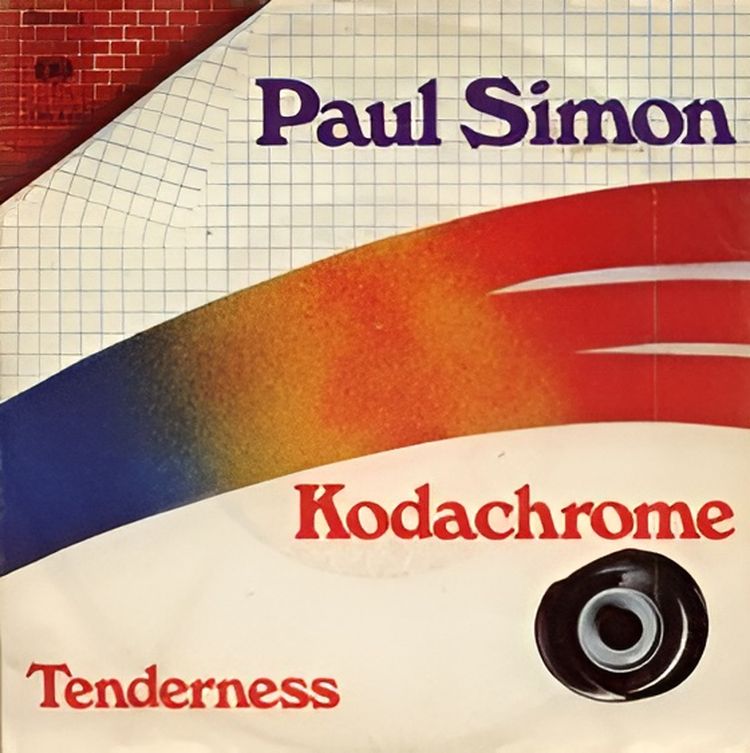
Paul Simon named a song after camera film and got away with it because, well, he’s Paul Simon and we mere mortals follow different rules. This track is essentially a masterclass in nostalgia disguised as a bouncy pop tune—like hiding vegetables in a child’s mac and cheese, but for emotions.
The song reached #2 despite being banned by the BBC for mentioning a brand name (the 1970s version of cancel culture was adorably quaint). Its bright melody masks lyrics about how we selectively remember the past—Instagram filters before Instagram existed. Simon recorded it with the Muscle Shoals Rhythm Section, proving that even songwriting geniuses need a killer backing band.
3. War – “The Cisco Kid”
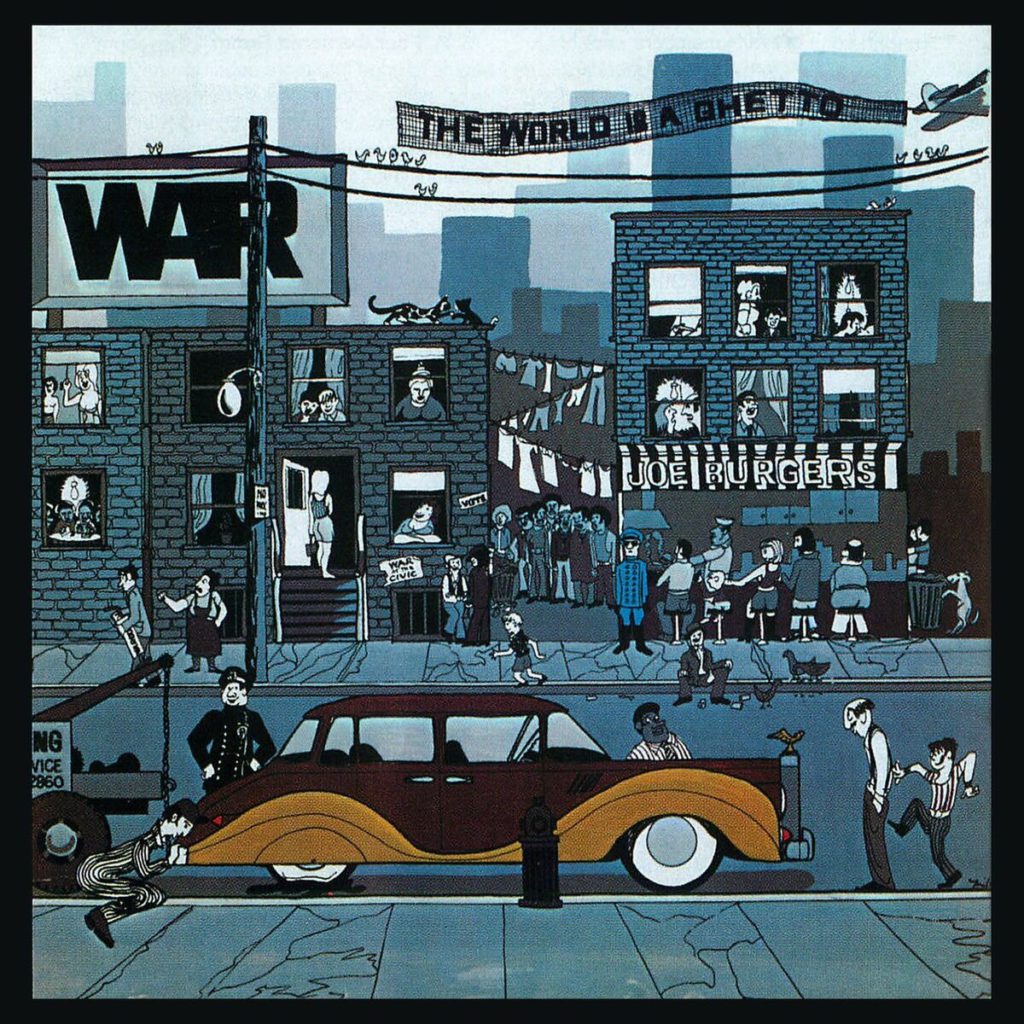
Long before “diversity” became a corporate buzzword, the multicultural band War was blending Latin rhythms, funk, rock, and R&B like a musical smoothie of deliciousness. “The Cisco Kid” rode this infectious cocktail of genres to #2 on the charts, bringing a Latino hero to radio stations nationwide.
The song’s percussion section is busier than an octopus on espresso, creating a groove so compelling that dancing becomes less optional than breathing. While some questioned the portrayal of its titular character, the celebration of a non-white hero on 1973’s airwaves was revolutionary.
2. Steely Dan – “Do It Again”
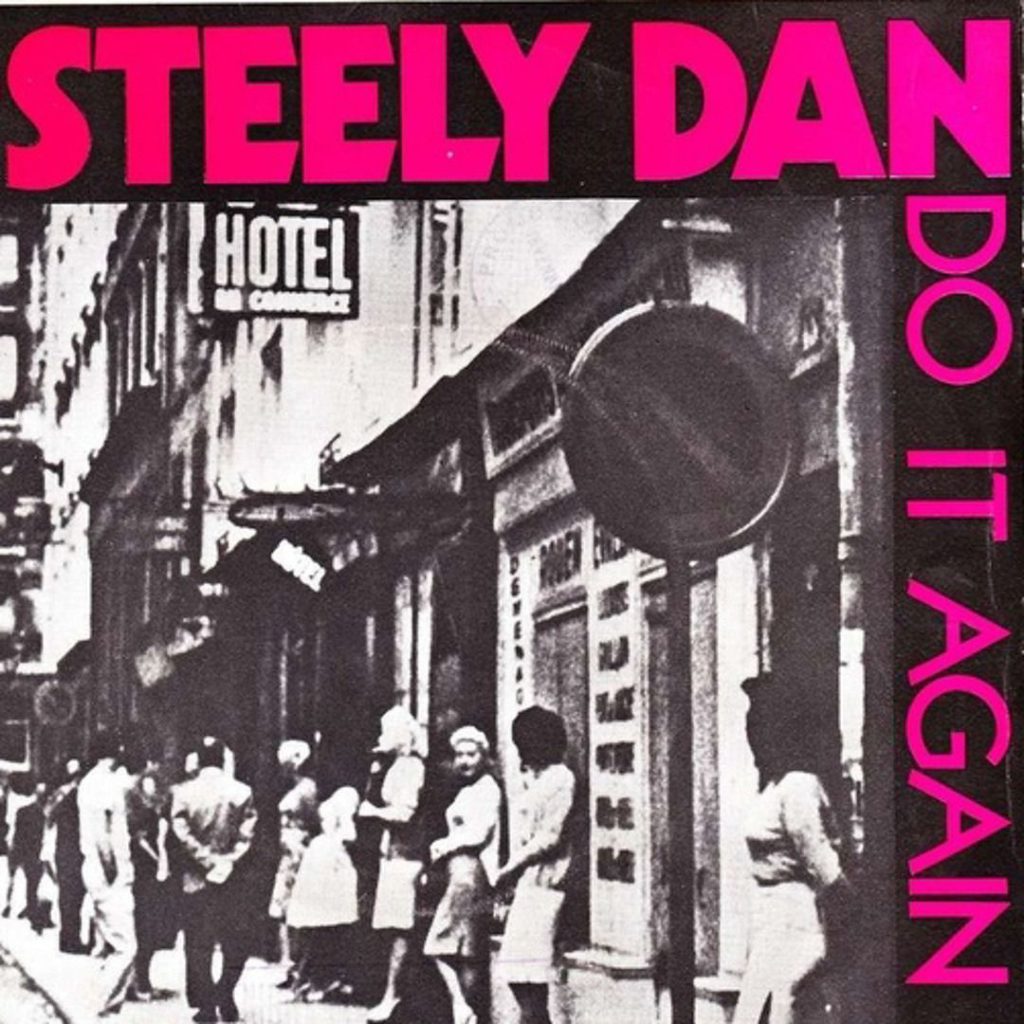
Steely Dan—the band that somehow made songs for both your professor dad AND the cool record store clerk—kicked off their career with this deceptively catchy tune about self-destructive behavior. It’s like getting life advice from your therapist, but with better chord progressions and electric sitar.
The track reached #6 despite lyrics cynical enough to make a nihilist say “whoa, take it easy.” Donald Fagen and Walter Becker packed more musical complexity into four minutes than most artists manage in an entire album, creating a tune sophisticated enough for jazz aficionados yet catchy enough for radio—like a quantum physicist who’s also surprisingly good at TikTok dances.
1. Gladys Knight & the Pips – “Midnight Train to Georgia”
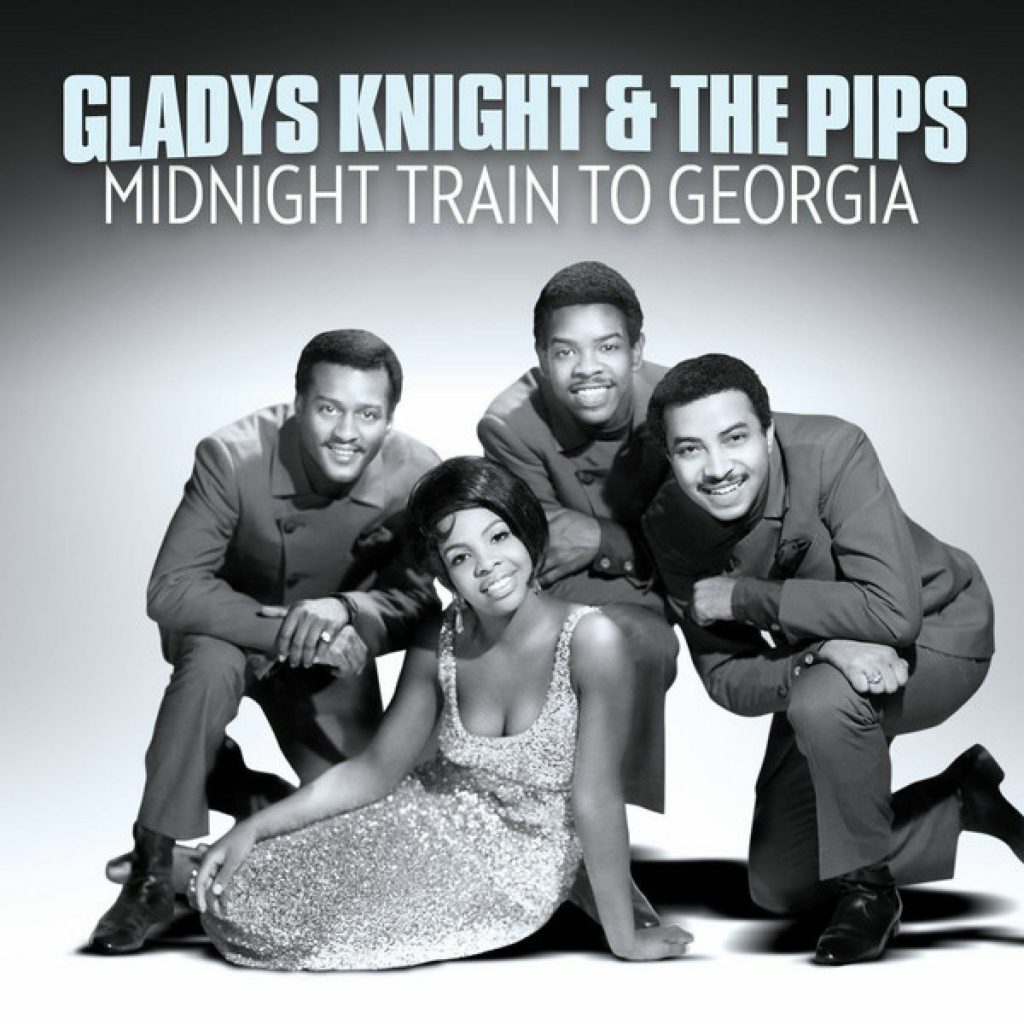
Originally conceived as “Midnight Plane to Houston” (which sounds more like a country song about an oil executive’s commute), this track found its soul when Gladys Knight transformed it into a moving portrait of sacrifice and difficult choices.
The interplay between Knight and the Pips is the musical equivalent of a perfectly choreographed dance—like watching professional movers handle your grandmother’s china cabinet with both efficiency and care. The song topped the charts and won a Grammy, cementing its place as a cultural touchstone that continues to resonate whether you’re experiencing heartbreak or just the disappointment of realizing you’ve ordered the wrong thing at a restaurant and it’s too late to change it.





